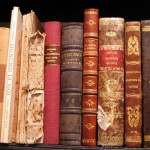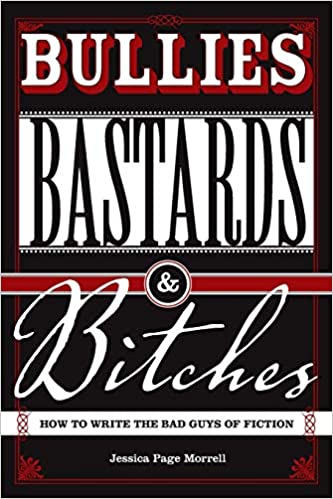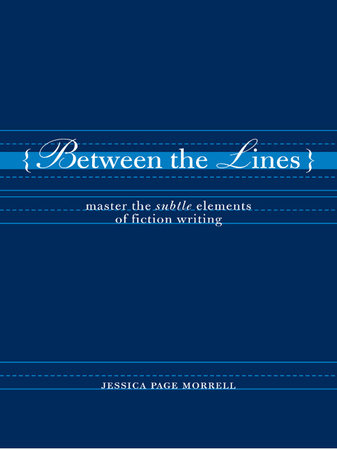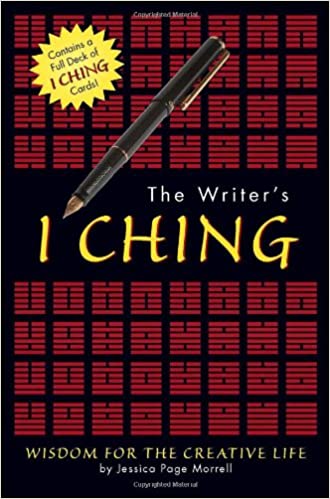©Jessica P. Morrell
A poem is a way of life. Eloise Klein Healey
 Writers are given myriads of advice: how to plunge into the deep water of writing; how to craft beautiful sentences; how fiction or film structure holds a story together; how voice must be distinctive; how in all writing every word counts. But the advice that I keep circling back to again and again, is how reading like a writer enhances your skills on every level.
Writers are given myriads of advice: how to plunge into the deep water of writing; how to craft beautiful sentences; how fiction or film structure holds a story together; how voice must be distinctive; how in all writing every word counts. But the advice that I keep circling back to again and again, is how reading like a writer enhances your skills on every level.
In Stephen King’s book of writing advice, On Writing, he compares the tools a writer needs to those a carpenter uses. He differentiates among the tools stored on the top shelf of your toolbox with fundamentals such as vocabulary, grammar and solid nouns and verbs with those on the lower shelves as instruments like description, dialogue, and theme. Before King elaborates on these instruments, he proclaims: “Reading is the creative center of a writer’s life.” And so while we read because we love getting lost in a story and because it’s as if we’re living two lives while we’re reading a novel or memoir, we also read with our critic’s sensibilities fully engaged.
I’d been planning on writing this column about what reading teaches writers when I found a new book by Francine Prose, Reading Like A Writer, A Guide for People who Love Books and for Those who Want to Write Them. Prose writes fiction and her fourteen novels include Blue Angel and A Changed Man. She is also an essayist and has written nonfiction books and children’s books. There are many reasons why you might want to read this book. First, Prose is a passionate reader and gifted writer so the language is gorgeous. She knows her way around a metaphor and anchors understanding with solid examples from her life and dozens of excerpts from published works to make her points.
Second, she has taught a lot and the book is chocked full of techniques and wisdom she’s passed along to her students such as, “The two most important things I told them, were observation and consciousness. Keep your eyes open, see clearly, think about what you see, ask yourself what it means….in most cases the fact remains: the wider and deeper your observational range, the better, the more interestingingly and truthfully you’ll write.”
In her humorous chapter about what she learned from reading Chekov, she passes along fiction lessons from a class she taught in the late 1980s while she was reading Chekov’s short stories on her commute home. The chapter describes how his stories continually disproved the lessons she was teaching, until finally, she confesses, “By now, I had learned my lesson. I began telling my class to read Chekhov instead of listening to me.”
Third, she’s a brainiac, with thoughtful and in-depth explorations of topics. She’s also amazingly well read and quotes a diverse array of writers including the most enduring writers like Samuel Beckett, Jane Austen, Dostoyevsky, Flaubert and George Elliot. But she also uses a segment from J.D.Salinger’s Franny and Zooey to illustrate the importance of specific details, she quotes John Le Carre´ on using dialogue to advance the plot; a David Green story for how dialogue creates subtext, and a Philip Roth story for the effectiveness of a gestures.
There are so many things reading teaches us—the most important is how we should slow down and savor the author’s language and words for their raw power. It teaches us the impact of individual sentences and how we can build them to tumble out of control, meander, or stop us short with their brief and startling brilliance. We learn the many options available for viewpoint and distance and how a character’s voice rings true. Reading teaches us how to choose a few painstaking details to paint large canvasses. Sometimes it’s the exact color of an object, or a character’s bath robe, or a particular song convincing us of the story’s truth.
Or, we notice how an anecdote woven amid a larger world lends it veracity. Or, how small gestures speak volumes about a person or betray the unconscious. For example, in Amy Bloom’s short story Silver Water, I’ve never forgotten how Rose at 15 is exhibiting the first signs of schizophrenia and her psychiatrist father doesn’t want to believe it is happening even as Rose begins licking the hairs on her forearm, first one way, then the other.
Close reading teaches us how to use ordinary moments to ground a reader in a fictional reality or the memoirist’s past. By reading carefully you can observe how a writer implants tension in a scene by delaying a drink order and setting the scene in a loud bar.
By carefully reading dialogue we learn how regional expressions create authenticity and a sense of place; how characters sometimes hide their true thoughts and feelings; how dialogue can be a sort of choreography when difficult subjects are at hand; and how a character’s simple or poetic speech patterns create credibility for a living, breathing being.
In my workshops I often emphasize the power of details in fiction or memoir because if a reader believes in the kitchen with it’s stove top greasy with bacon spatters and a coffee mug with a cigarette extinguished in it, then when a meth addict shows up and starts ransacking the place for drug money, we’ll believe in the incident because we believe in the stove and mug. I’ve also learned from reading books such as Dennis Lehane’s Mystic River that whenever possible, to choose specific details not only for a shorthand into a larger truth or to characterize, but also to cause things to happen in the story and to evoke a reader’s emotions.
Sure you’ll read for fun, but reading is grounded in a study of technique since each novel, memoir, or short story that you read is a miniature writing course. So dissect and ask questions about secondary characters and subplots, surprise endings or prologues. Count how many chapters a writer uses and the time frame of a novel or short story. Ask yourself what you remember most from everything you read and try to emulate those techniques. And, oh yes, read Chekhov.
Finally, Prose tells us that reading like a writer lends courage. There are so many jobs that require real courage—firefighting, police work, oncology. Compared to facing an inferno or a shoot-out or telling a young patient that she has a terminal disease, writing is a tame pastime. Compared to nine months of pregnancy, then bringing a fragile baby into the world, well, writing is a cakewalk. Reading acquaints us with our community of scribes, teaches us that we too can conquer sentences, difficult topics, and time spans that zigzag back and forth between several decades. Often reading between the lines we note that other writers are afraid of writing badly, of being exposed, or discovering something about themselves that they’d rather ignore. Since the world is filled with brave and original and potent works we can borrow courage from this fact.
 Reading like a writer is a treasure hunt where you’ll uncover gem after gem and veins of gold. It will also ignite in you the desire to write a book, an essay, a poem. Prose’s last words are: “If we want to write, it makes sense to read—and to read like a writer. If wanted to grow roses, we would want to visit rose gardens and try to see them the way a rose gardener would.”
Reading like a writer is a treasure hunt where you’ll uncover gem after gem and veins of gold. It will also ignite in you the desire to write a book, an essay, a poem. Prose’s last words are: “If we want to write, it makes sense to read—and to read like a writer. If wanted to grow roses, we would want to visit rose gardens and try to see them the way a rose gardener would.”





Leave a Reply